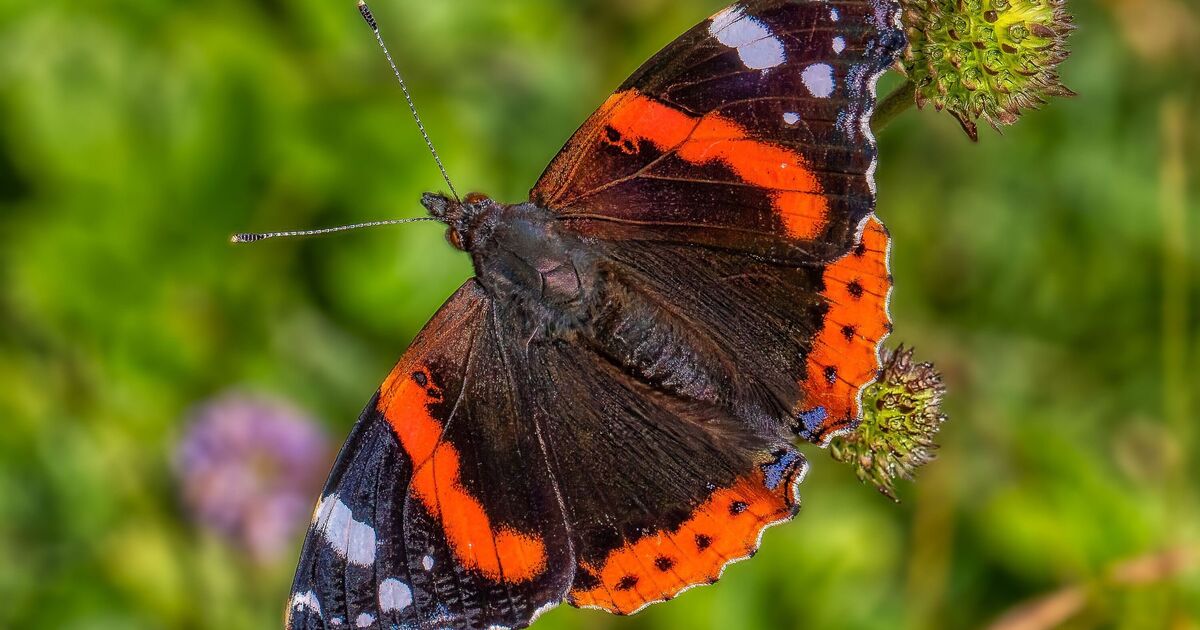Gardeners can create a butterfly-friendly environment with a few simple steps, such as planting nectar-rich flowers, avoiding pesticides and leaving a corner of the garden to grow wild. Chris, the founder of GardeningExpress.co.uk explains five key things you can do to boost the chance of attracting the colourful creatures to your garden.
The simplest way to encourage butterflies is to add nectar-rich flowers to the garden beds, such as bluebell, coneflower and lavender. Plant the flowers in a sunny spot, as butterflies rely on sunlight to warm their bodies and to be able to fly. It’s also important to avoid using pesticides as they can kill butterflies and caterpillars.
And there is a simple trick which can also help if you are lucky enough to have fruit trees in your garden. Rather than picking up the fallen fruit if your leave some of it on the ground it can be a real treat for passing butterflies.
“Everyone loves spotting butterflies flying around between blooms, but not only do they add colour and movement to the garden, they’re also incredibly beneficial for your plants,” says Chris. “It doesn’t take much to encourage them into your garden. By planting a few nectar-rich flowers in a sunny spot, avoiding pesticides and leaving a wild corner untouched, you can help support these important pollinators.
“Even if you’re working with a smaller space, it’s possible to create a butterfly-friendly environment with containers of lavender, verbena or marigolds. As long as there’s nectar and shelter, butterflies will make themselves at home.”
Here are his five tips to get the beautiful butterflies heading to your garden:
1. Plant nectar-rich flowers
Butterflies feed on nectar, so filling your garden with nectar-rich plants is key. Flowers like lavender, verbena, coneflowers and marigolds provide a reliable food source throughout summer.
2. Find a sunny spot
Butterflies rely on warmth from the sun to fly and feed. Make sure your flowering plants are placed in a sunny, sheltered part of the garden.
3. Leave a corner of the garden to grow wild
Wildflowers, long grasses and even a few nettles can provide food and shelter for butterflies, so consider allowing a patch of your garden to grow wild.
4. Avoid pesticides
Chemical pesticides can harm butterflies and other beneficial insects, so make sure to opt for more natural alternatives. Encouraging natural predators like birds and ladybirds is an effective method to keep pests at bay.
5. Leave fallen fruit under trees
Butterflies, especially in late summer, will feed on fruit juices from rotting fruit. Leaving some fallen apples, pears or plums under the trees provides an extra food source for butterflies.

